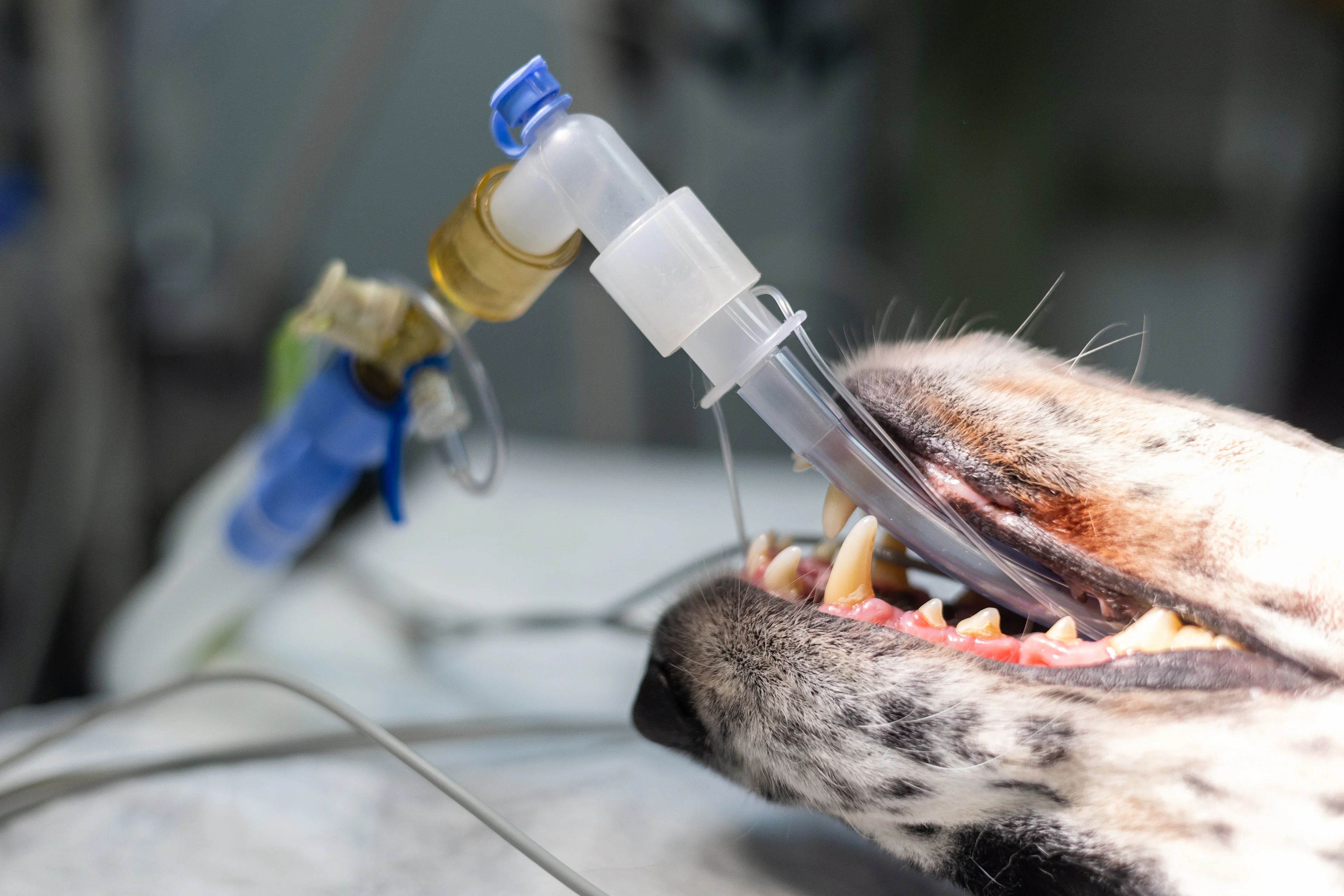Clinical Skills
Surgery, Soft Tissue
Explore step-by-step guides to veterinary surgical procedures, including expert insights for optimal postoperative care.
More in Surgery, Soft Tissue
Sponsored byArthrex Vet Systems
33m:21s
Ep. 276
Sponsored byMovora
37m:07s
Ep. 267
Sponsored byVetriScience
34m:24s
Ep. 257
Sponsored byDechra
